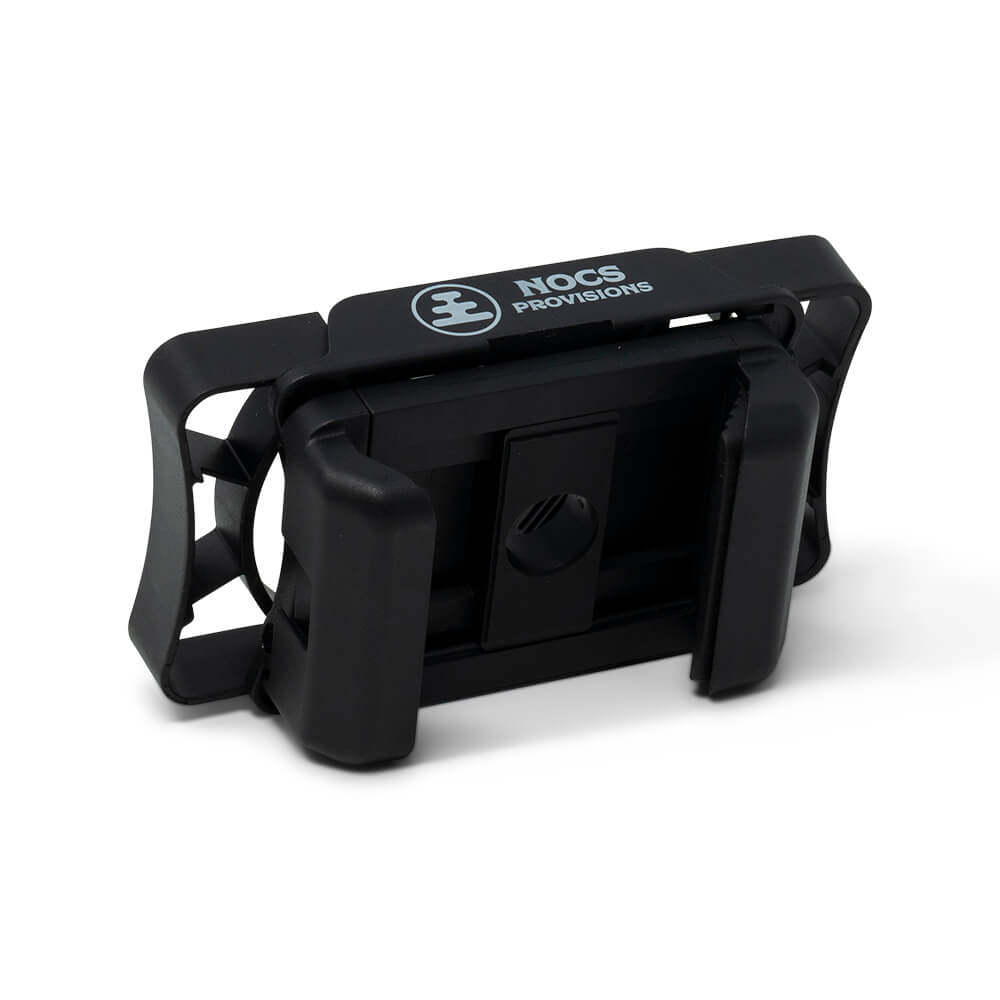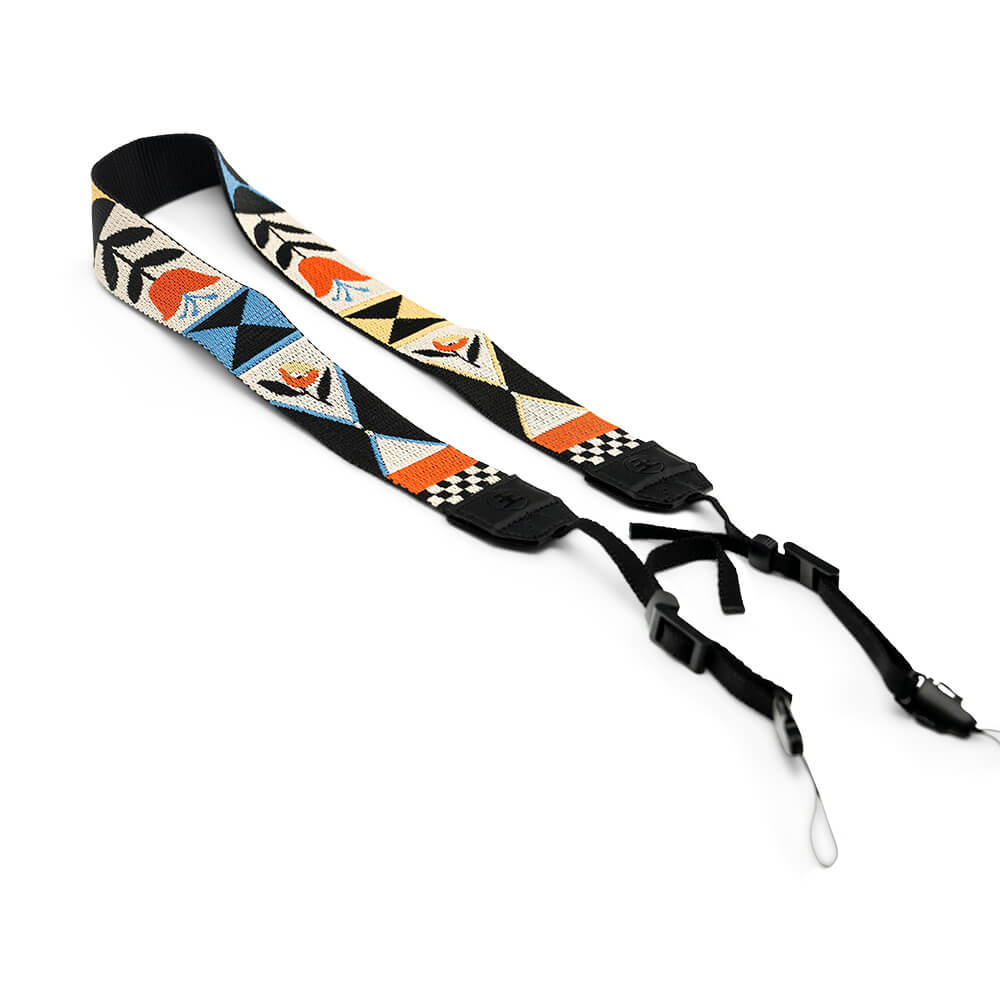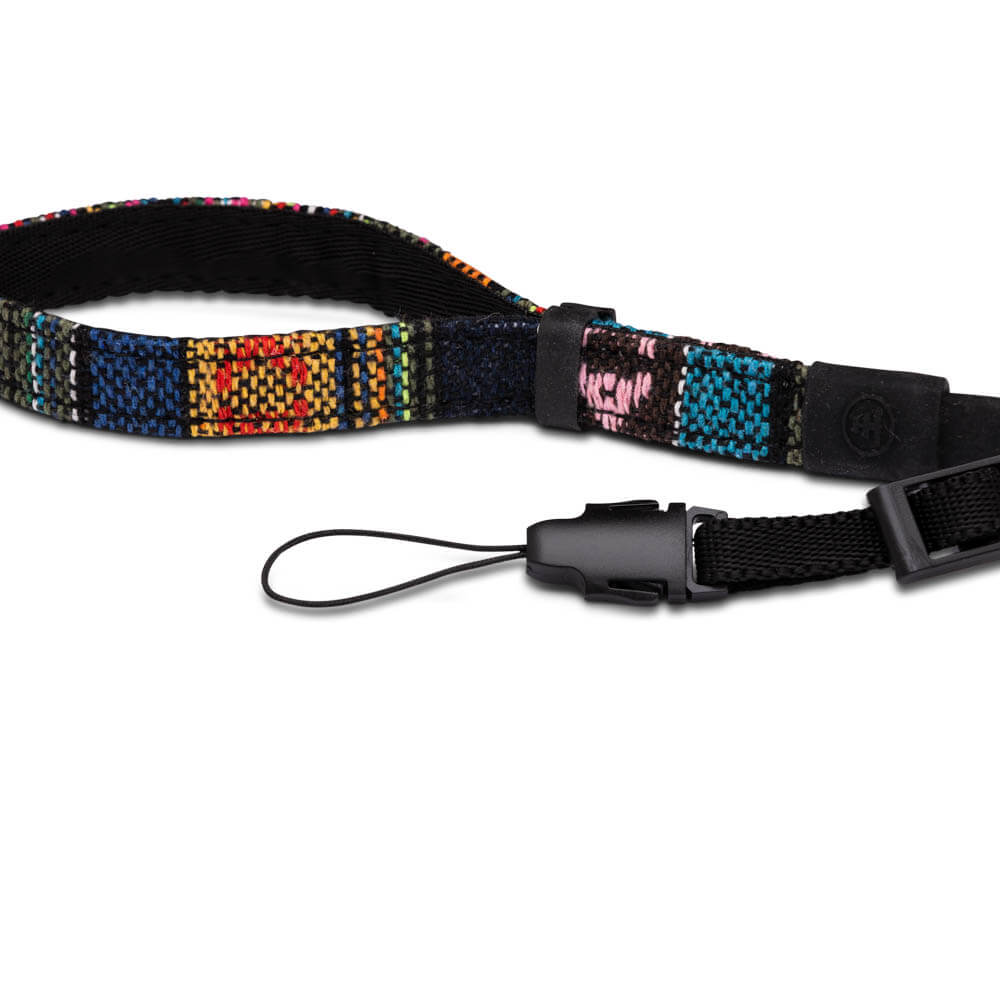Selecting a pair of waterproof and fogproof binoculars can be challenging — whether they’re for birding, kayaking, or viewing wildlife. There are dozens of features and brands available, which can make the entire buying process overwhelming and time consuming. Plus, not all waterproof and fogproof binoculars hold up in Mother Nature’s harshest conditions.
To save you the trouble, we’ve created a comprehensive guide on which bino features keep water and fog out. With a better understanding of the features, you can make your own informed decision when you shop for waterproof and fogproof binoculars.
Why You Need Waterproof & Fogproof Binoculars

Bad weather, wet or soggy environments, and temperature fluctuation can put a damper on your good time. But a compact set of waterproof and fogproof binoculars can save the day.
For example, if you want to observe a rare bird while hiking in a moisture-dense forest, those waterproof binoculars will be incredibly handy. Or if you’re boating in the hot and humid climate of the Caribbean, you’ll appreciate your durable pair of fogproof binos more than ever.
With top-notch sealing, your waterproof/fogproof binoculars will work in any weather. Let’s look at the features you should consider while choosing the best binoculars for the activities you love most.
Shop Nocs Water/Fog Proof Binoculars Now!
What Makes Binoculars Waterproof?

Waterproof binoculars are hermetically sealed (airtight) from within, using an O-ring. This is placed within the frame to seal all of the binocular’s openings. The O-ring is an air and watertight barrier that prevents any water from leaking in. Not only does it keep water out, but it also prevents dust, sand, and other debris from obstructing your view.
What are Fogproof Binoculars?
To prevent fogging and condensation, the oxygen within the optical barrels is “purged” and replaced by a gas — usually nitrogen or argon. To contain the gas and keep all moisture out, the binoculars must also be hermetically sealed.
One way to look at it: all fogproof binoculars are waterproof, but not all waterproof binoculars are fogproof. It’s the inserted gas on top of the airtight sealing that brings waterproof binoculars up to fogproof status.

As an added benefit, fogproof binoculars prevent mold from building around the lenses over time. This tends to be a common issue with older binoculars, especially in humid or wet environments.
So, how can you know if your binoculars will really do the trick? My advice — read waterproof and fogproof binoculars reviews. Customers who have tried and tested their binos in all different climates and activities will let you know!
Nitrogen and Argon Gas — What’s the Difference?
Both gasses exhibit similar properties in how they fog proof your binoculars — both are non-condensing and moisture free. However, environmentally speaking, nitrogen creates a much smaller carbon footprint to produce.
Nitrogen makes up for about 79% of our atmosphere, which makes it about 88 times more abundant than argon. As a result, nitrogen is produced by a significantly less amount of energy, resulting in a lower Co2 output.

We at Nocs are all about making conscious choices to protect our planet. This is why Nocs uses nitrogen to keep your binocular lenses (and our atmosphere) crystal clear.
Shop Nocs Water/Fog Proof Binoculars Now!

Water Resistant, Waterproof — What’s the Difference?
Waterproof binoculars can be fully submersed without leaking any water in, water resistant binoculars cannot. That being said, every set of waterproof binoculars has its limit with the amount of underwater pressure it can withstand.
Some brands will specify the duration and depth that the binoculars are capable of enduring. For example, Nocs waterproof binoculars are submersible for 30 minutes in up to 3 feet of water, meeting IPX7 waterproof criteria. Whether it’s a rogue wave, a kayak flip, or a spilled beer at the ball game, Nocs has your back!
On the other hand, water resistant binoculars will do fine in light rain. You can take them in mild weather to view wildlife or birdwatch. However, I wouldn’t recommend them for kayaking or boating.
Nocs — Compact Waterproof and Fogproof Binoculars You Can Depend on

You never know what conditions nature will throw at you in the field. But through rain or shine — a quality pair of waterproof and fogproof binoculars won’t let anything ruin your views. Nocs keeps your image crystal clear in any case with O-ring sealing and nitrogen-filled chambers. On top of this, they use multi-coated lenses and BaK4 Roof Prisms to transfer color-rich and crisp vision straight to your eyeballs. They’re also lightweight and compact enough to travel with you anywhere. With your Nocs by your side, you’ll view wildlife in the way Mother Nature intended.
Shop Nocs Water/Fog Proof Binoculars Now!
FAQs on Waterproof and Fogproof Binoculars
Are all binoculars waterproof?
Not all binoculars are waterproof. Some are labeled as “weather proof” or “water-resistant” — meaning, they can handle brief, light amounts of moisture. For example, if you come across light rain while birding, it probably won’t ruin the binoculars. But accidentally dropping them underwater while loading up your kayak is another story.
For the dedicated outdoors people, waterproof and fogproof binoculars are advised. Not only will they deliver clear views through any conditions, they will continue to do so for the long haul.
When should I use waterproof or fogproof binoculars?
Anytime, anywhere! Nocs are not only waterproof and fogproof, but also compact and lightweight, making them great binoculars for travel. Some of the most common outdoor activities for waterproof and fogproof binoculars include:
- Hiking and mountain climbing
- Boating and kayaking
- Viewing wildlife
- Sports events
- Birdwatching
- Sailing
What if my binoculars fog up externally?
You can simply take a soft cloth to wipe away any moisture that appears on the outside of your binoculars lens. This happens inevitably sometimes, due to the moisture in our atmosphere. A quick wipe will do the trick, but be sure to use a non-abrasive cloth to avoid scratching the lens.



